With the unexpected, untimely, and enormously tragic passing of Bruce G. Blair on July 19, after a stroke took him at the young age of 72, the world is a lesser place — particularly in regard to thinking, and action, on matters of nuclear weapons and nuclear safety. And for those of us who had the privilege and pleasure to know him, it is also going to be a less inspiring place — though if we can continue to honor his legacy and memory, perhaps much of the inspiration can continue. Certainly, given the importance of his contributions, that should be our collective goal.
With Bruce’s death, we have lost Brookings’s three giants of nuclear thinking of the late 20th century: John Steinbruner, Janne Nolan, and now Bruce. He was sometimes known in the old days at Brookings by the nickname “Sparky,” after he won an engineering award for his remarkable work, which combined incisive policy analysis with rigorous technical study.
Bruce was a kindly man with a gentle demeanor, a lively wit, and a friendly laugh. But he also had a restless, anxious side and a hard-hitting dimension to his personality. That was because he genuinely thought the world a dangerous place — much more dangerous than most appreciated. And that awareness haunted him, in the way that great individuals are often riveted on making a difference on the issues they care about and understand most.
As Bruce saw it, if it took a nuclear Sword of Damocles hanging over our collective heads to keep peace during the Cold War, we should not rest easy, or worship at the altar of nuclear deterrence in the way that so many did. His seminal work “Strategic Command and Control: Redefining the Nuclear Threat,” was certainly among the small handful of most important books ever published by Brookings in foreign policy studies. By deducing all the things that could go wrong when potentially flawed and fragile electronics systems were juxtaposed with even more flawed human operators and organizations, he demonstrated convincingly that the threat of accidental nuclear war was substantially greater than many appreciated or wanted to believe.

When combined with other critics of American and Soviet nuclear policy — like Robert Jervis, Barry Posen, Mort Halperin, and Scott Sagan, as well as Steinbruner, Nolan, Paul Stares, and Josh Epstein — Blair’s work was part of a critical mass of thinking at Brookings and elsewhere that seriously challenged the prevailing nuclear priesthood. The net effect contributed to many stabilizing policy reforms in the late Cold War and early post-Cold War eras, including more resilient command and control systems, and a deemphasis on nuclear systems that created the most severe risks of crisis instability.
So Bruce had much to be proud about. But world developments never went nearly far enough to make him happy. He had a sweet, courteous, and witty way, but also at times a brooding quality, in the halls of Brookings for the half-dozen years we both worked there. That was because, then and always, he felt the weight of the world on his shoulders, as I read it. He was ponderous, and at times almost melancholy, given the enormity of the problems he was wrestling with, and how seriously he took his responsibilities for trying to help save humanity from itself.
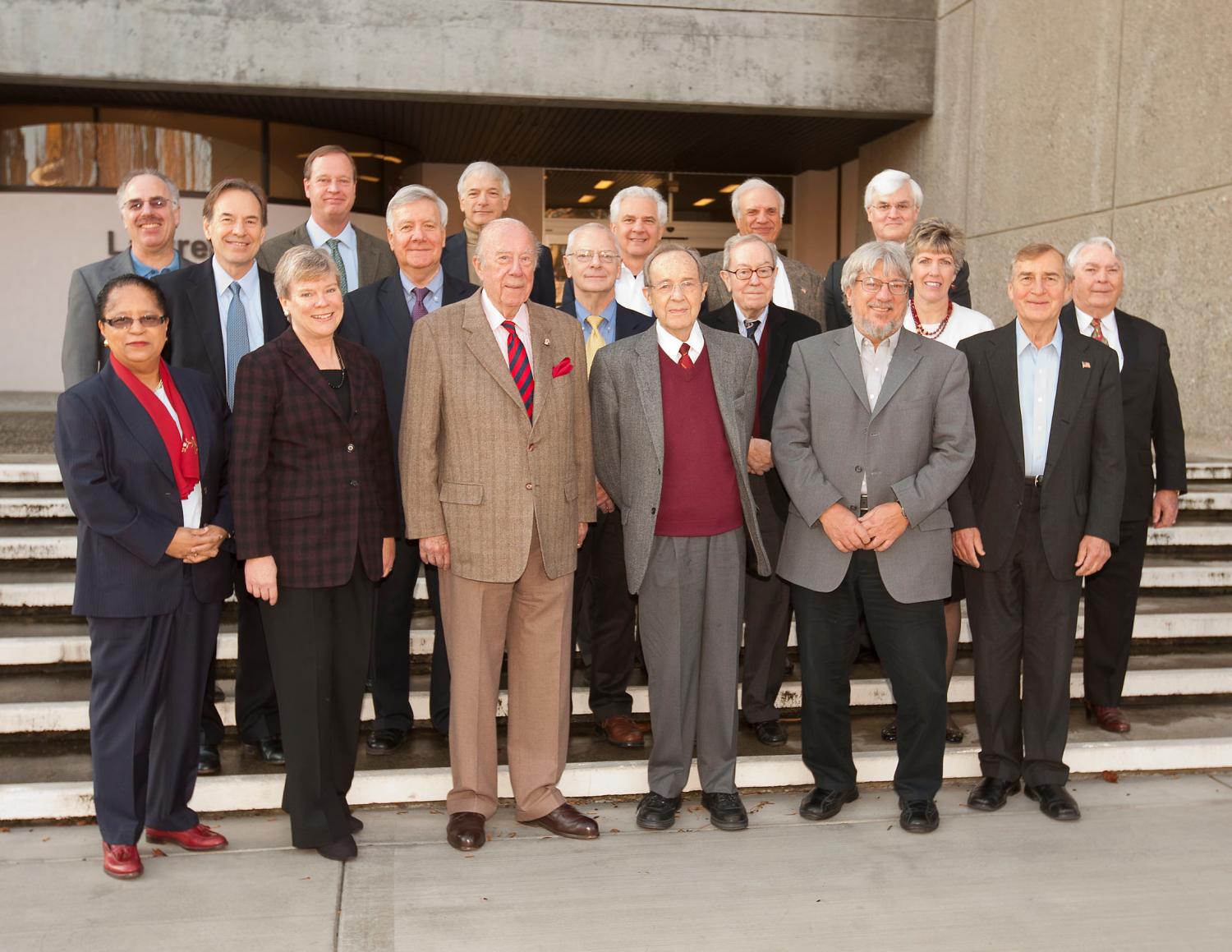
Later in life, he contributed enormously to the Global Zero movement, because he felt, in Martin Luther King Jr.’s words, “the fierce urgency of now.” He thought that if his generation did not do more to reduce nuclear dangers, then subsequent generations might never survive to have the chance to do so themselves. There was an impatience about that movement, and about some of Bruce’s other ideas, that sometimes conflicted with what was realistically attainable in the contemporary world. But Bruce, though living in Washington for many years, was never really a creature of Washington, content just to take incremental steps when facing monumental challenges. He thought big, and he wanted to solve problems — or, at least, what he saw, quite possibly rightly, as the biggest problem of all, the potential for mankind to destroy itself in nuclear apocalypse.
Bruce was an iconoclast in the best sense of the word.
I first met Bruce in 1985 at Princeton University when I was a student there and Bruce was a recent arrival at Brookings, after earlier jobs as an intercontinental ballistic missile launch control officer in the U.S. Air Force and then at the Office of Technology Assessment. Barry Posen brought Bruce to class one day to discuss his thinking on nuclear command and control. Thirty-five years later, I have not forgotten that presentation. Nor will I ever forget what it was like to have him as a colleague, mentor, and in effect a big brother at Brookings through the 1990s, when he penned additional important and sobering work, like “The Logic of Accidental Nuclear War,” and won a MacArthur “genius” award.
To sum it up, I would suggest that Bruce was an iconoclast in the best sense of the word. He also combined technical and policy analysis as well as anyone ever has in the history of Brookings. He wanted to be your friend, but that never stopped him from telling you if you were wrong, especially if it was on a weighty subject that he knew well, like nuclear safety and security. He was an inspiration, a role model, and an American hero. We have lost him far too soon.
The Brookings Institution is committed to quality, independence, and impact.
We are supported by a diverse array of funders. In line with our values and policies, each Brookings publication represents the sole views of its author(s).


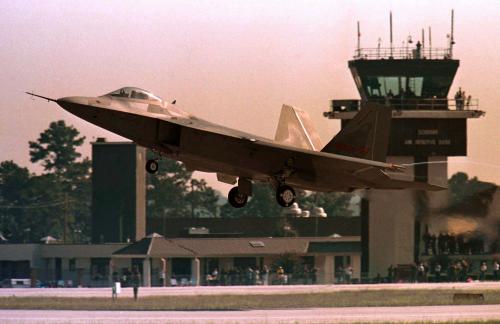
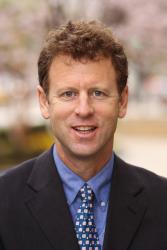
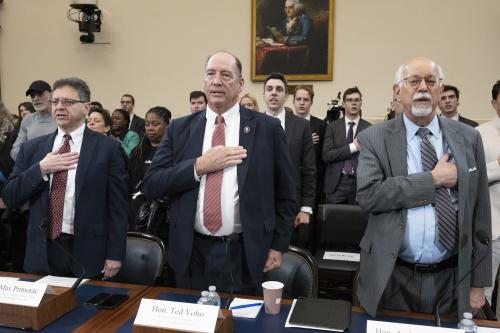

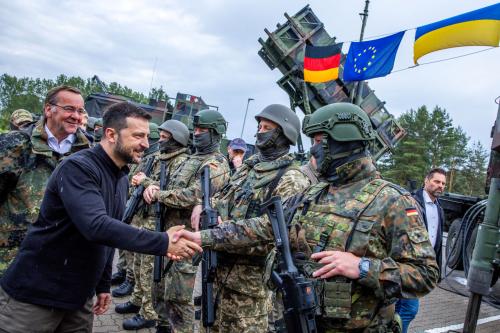
Commentary
Bruce Blair, a driven man and a giant in the field of nuclear security
July 21, 2020